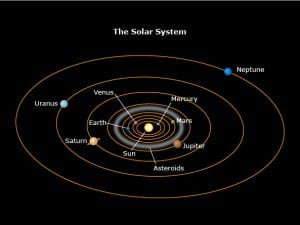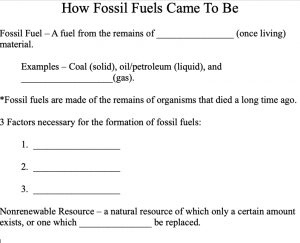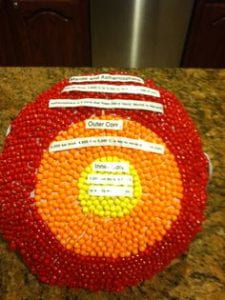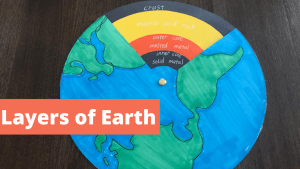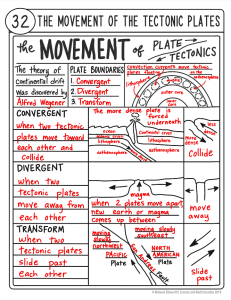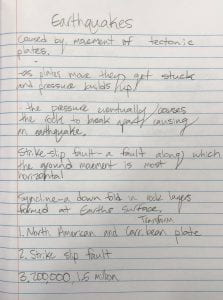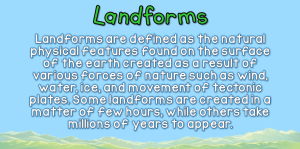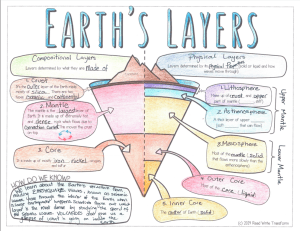Lesson Plans: January 9th – 12th
Tuesday – Welcome back from Winter Break Activity!
Wednesday – We will begin discussing our new unit, Organization of the Solar System, starting with the theories on the formation of the solar system.
Thursday & Friday – We will take an in-depth look at the 4 inner planets of our solar system that are closest to the sun; Mercury, Venus, Earth, and Mars. These planets are also known as the “terrestrial” planets because they are made mostly of liquid and solid rock. We will also discuss some similar characteristics they share, as well as the many distinct differences.
